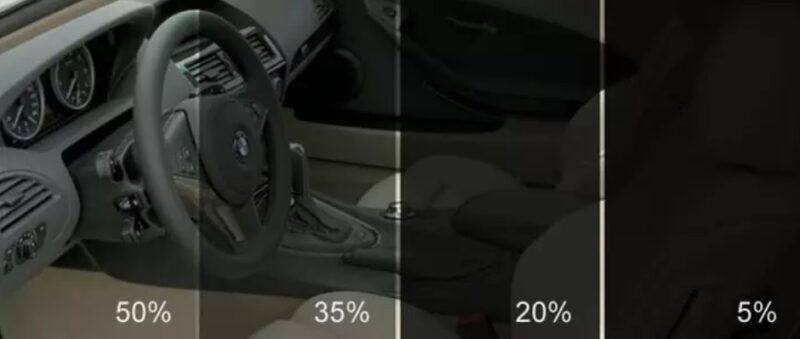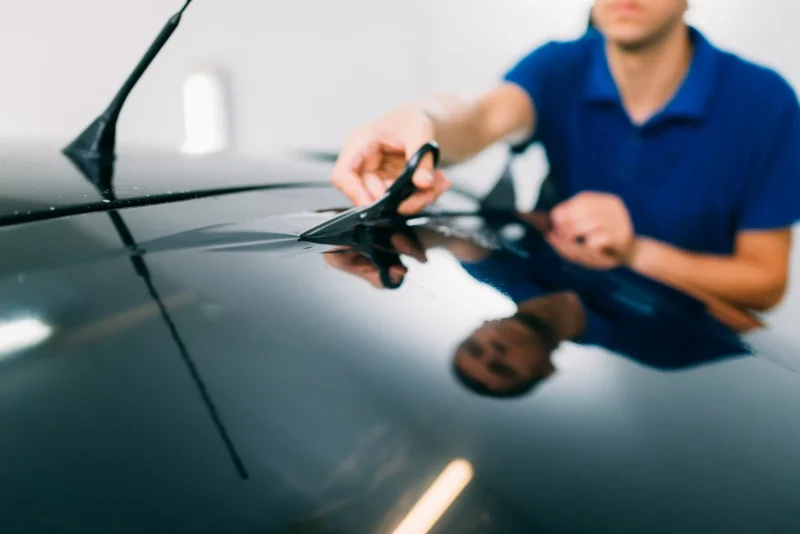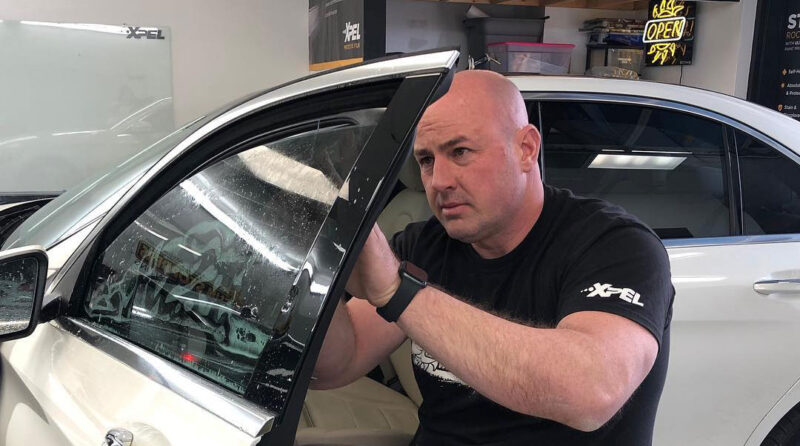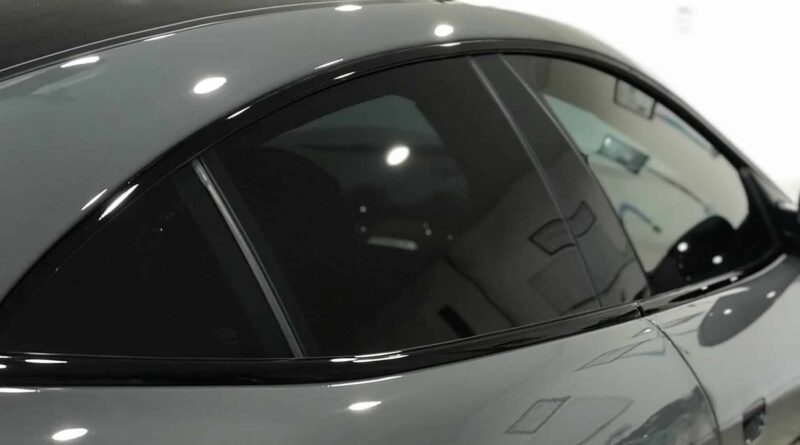For many people, buying a car is just the first step. The decision on the brand, model, speed, strength and color caused many dilemmas, consultations with relatives and friends, research on the Internet and in specialized magazines. When, finally, the ‘new best friend’ is parked, one begins to think about what all could be added and improved on the existing ones.
The possibilities are huge and accessible. It starts with upholstery, various decorative details, car cosmetics, someone adds spoilers to the bumpers – all in order to make your car as beautiful, original and noticeable as possible, a reflection of your style and taste. But, you can also add some things that are not only aesthetically pleasing, but also functional, because cars need to be reliable and safe, because it drives you and your family. Such a category includes window tinting.

Table of Contents
What is window tinting?
Window tinting is the tinting of glass by gluing specialized dark foil. Foil has a multiple role:
-protection from UV rays, equal to SPF of 1000 as we found at 2020autospa.com
-makes the ride more pleasant and comfortable
-the interior of the car becomes more sheltered and “intimate”, prevents the possibility of curious views
-It is even recommended by various associations for the fight against melanoma
-seats and the entire interior are protected and do not fade in sunlight
– lowering the temperature by 10-15c makes the air conditioner work at a reduced mode.
When opting for window tinting, many owners would like the darkest foil, believing that this way they get the highest level of benefits that this foil can provide. Not only is this not necessary, but the installation of this foil is also regulated by legal provisions.
Reasons for limitations of window tint
Although this restriction seems pointless to lay people, the reasons still exist and there are several. Some of them are:
- Reduced visibility (especially on the front windscreen and side window, next to the driver, too dark foil can significantly reduce visibility and endanger safety while driving).
- Risk for the police (inability to see the inside of the car, is exposing the police to danger, in case of dangerous situations, when there are violators of the law in the car).
In USA, each state has its own restrictions and regulations regarding the degree of tint allowed. If the police estimate that you have exceeded the limit and you have too dark foil, you can be withdrawn from traffic and pay the fine.

Legal window tint
It varies from country to country and from car window. A measure of the percentage of light transmission through window tint is called VLT (visible light transmittance). So, the lower the percentage of VLT, the darker the foil and the less it transmits light and heat. Some cars, newer production, already have a factory-installed window ink, so if you add foil to it, it is necessary to calculate the entire percentage of window ink and check if it is allowed, where you live.
Windshield tinting
Many states do not allow any blackouts on the windshields at all. New Jersey, Minnesota, Pennsylvania are completely banned, while in some states a certain darkened line is allowed, on the upper third of the windshield. Some states allow discreet dimming on windshield glass, greater than 70 VLT, such as North Dakota and Ohio.
Side and rear windows
Also, eclipses are allowed in some states (Michigan), and in some places it is considered completely banned and illegal (Vermont, New Jersey, New Hampshire).
There are also exceptions. If someone has evidence of a medical diagnosis, a certain hypersensitivity of the skin or eyes to light, a concession can be made and dimming is allowed in the percentage and on the windows where necessary.
You definitely have to pay attention, if you travel and cross the borders of state territories, somewhere you may be breaking the law and you may bear the consequences because of that.
Some states allow very strong blackouts, such as Texas, where only 25% of light is allowed to penetrate foil, and California stipulates that 70% of light rays must be allowed inside the car. Obviously, yes, although these are two states with many hours of sunshine, the laws regarding window ink are diametrically opposed. This is also the case with other countries in the USA, some on the border with Canada allow a very low percentage of VTL, and some sunnier countries forbid it.
If you have opted for wind tint and have been informed of the percentage of VLT that your country allows, it is good to know what you are getting from this car intervention:

1. Security
In addition to the already mentioned property of preventing UV radiation and heating the interior of your car, there is another very important thing about window ink film, regardless of the VTL percentage. Certified foil, properly glued to the standards, keeps the glass together and prevents it from cracking and scattering into pieces. This is an important fact, given that an accidental pebble can cause a catastrophe if it bounces and hits one of your car windows. So, with the help of foil you are protected from this potential danger on the road.
2. Prevent car burglary
Every thief will first look at what is in your car, and only then start breaking into it. Dark and shaded foil prevents instant insight into the car’s interior. It will take a much longer time for a potential thief to determine if there is something worth his interest, he would have to look longer, and there is a risk that you will come across or become suspicious of a passerby or police officer. That is why they will give up and your property will remain intact.
3. Hail protection
Sudden and strong cloudbursts, with intense ice precipitation, can seriously damage and even break your car windows. The foil can greatly protect the glass and prevent damage, not only from broken glass, but also from large amounts of water that could enter and disable the dashboard, vital parts of the steering wheel, and soak the seats with water.
4. Energy saving
Significantly lower temperatures in your car, thanks to window tint, do a lot in the field of energy saving. The air conditioner will work with less power, so it will consume less Freon, and all together it will result in general energy savings.

Conclusion:
Improving your car window tint, means that you do it in an authorized service, which professionally installs tested and quality foil, which has a guarantee and certificate. It is best to consult with experts about the VTL percentage and the glasses on which the foils will be placed. Pay attention to other cars, evaluate what you like and how you would like your car to look. Listen to the advice of the experienced and enjoy the new aspect of driving and safety that window tint will give you.

